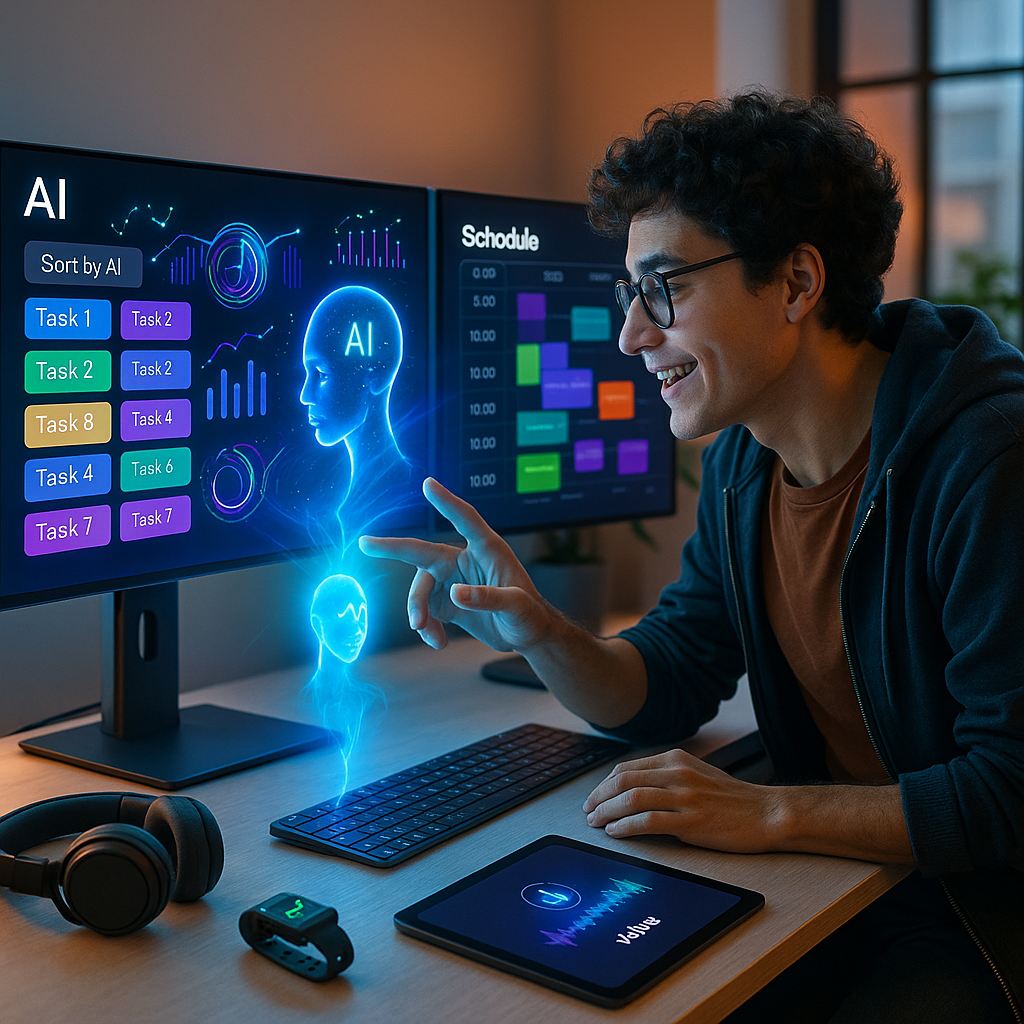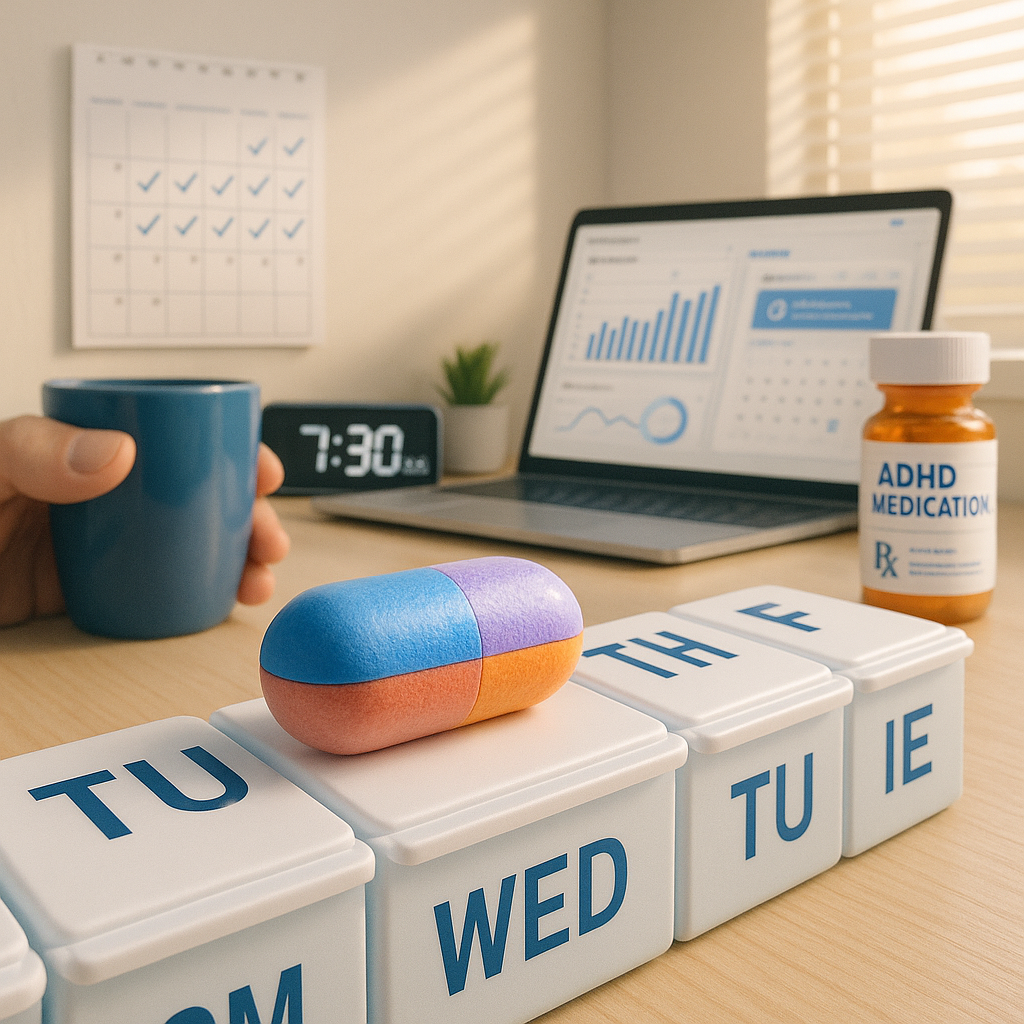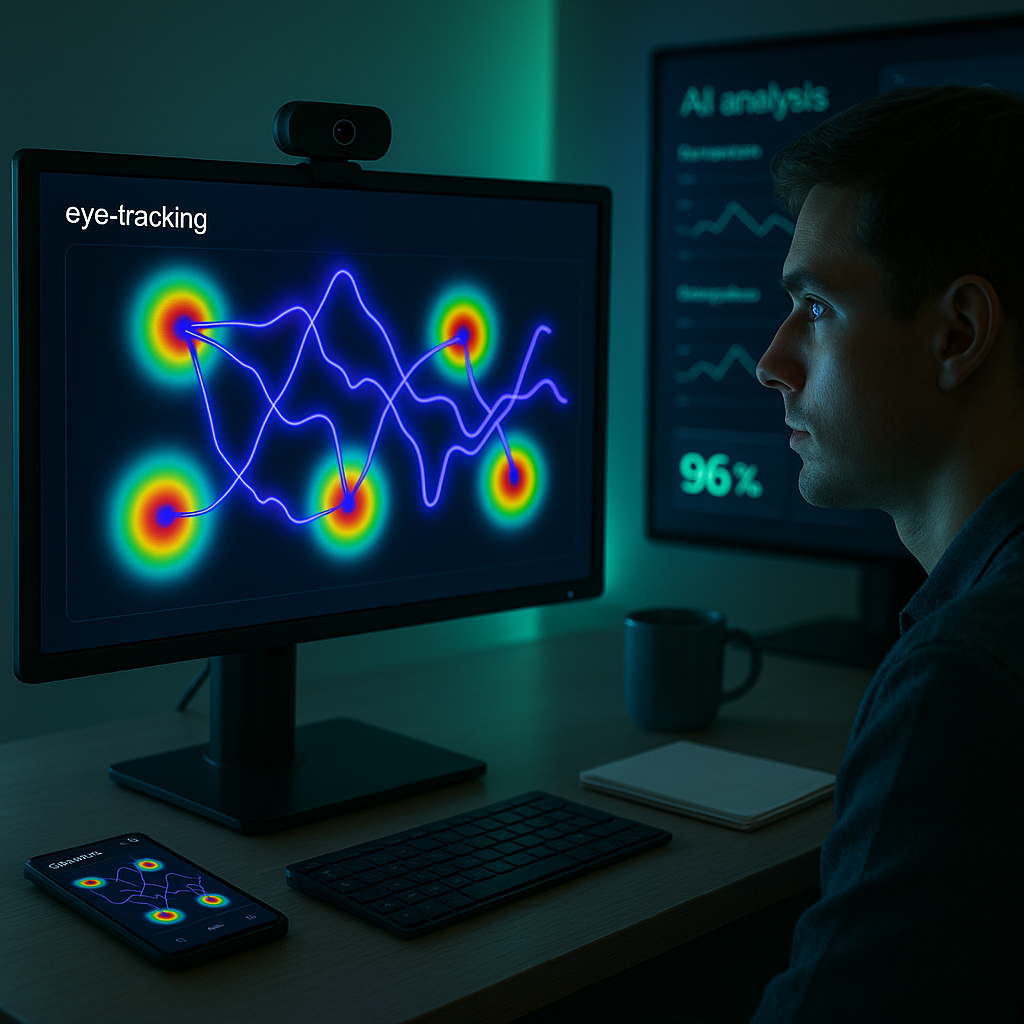Key Takeaways
- Custom AI tools target ADHD pain points: New assistants automate task management, reminders, and routines, addressing common struggles such as overwhelm and unfinished projects.
- Hyperfocus becomes an advantage: AI channels intense focus periods into productive sprints, aligning with the unique rhythms of ADHD minds.
- Automation reduces burnout risk: Streamlined workflows minimize decision fatigue and tedious administrative tasks, allowing neurodivergent professionals to prioritize creativity and growth.
- Tech adoption scales with user needs: Platforms like ADHDink offer scalable solutions for solo founders and expanding teams, designed to grow with users.
- Broader impact for the neurodivergent community: Organizations show rising interest in inclusive, ADHD-friendly systems, signaling a shift in workplace design and culture.
- Continued innovation on the horizon: New adaptive AI assistants and creative tools for neurodiverse workstyles are in ongoing development.
Introduction
AI-powered task management tools are rapidly changing how ADHD professionals work. Platforms such as ADHDink deliver automated task support and adaptive assistance, transforming challenges like overwhelm and unfinished projects into opportunities for focus and growth. As these assistants gain traction among solopreneurs, freelancers, and creative teams, they reflect a broader move toward inclusive, neurodivergent-friendly business systems.
AI Tools Tailored for ADHD Strengths
A new wave of AI task management tools is designed to work with ADHD thought patterns instead of against them. These platforms use machine learning to adapt to individual work styles, recognizing periods of intense focus and natural energy fluctuations.
According to Dr. Sarah Chen, a neurodiversity workplace consultant, traditional productivity tools often conflicted with natural ADHD rhythms. She stated that the latest AI assistants capitalize on ADHD strengths such as creative problem-solving and the ability to hyperfocus.
Key features include context-aware task sorting that prioritizes work based on energy levels, and dynamic scheduling that adjusts in real time to focus patterns. These technologies respond to individual preferences rather than imposing rigid structures.
Real-World Applications and Success Stories
Marketing professional Alex Rivera reported a 40% increase in client delivery rate after using an AI assistant that breaks complex projects into micro-tasks. Rivera said the system learned his optimal work patterns and started suggesting ideal moments for different types of tasks.
Software developer TeamFlow found that their ADHD-friendly AI tools reduced context-switching losses by 60% among neurodivergent employees. The platform uses predictive algorithms to maintain momentum during high-focus periods.
Small business owners benefit from AI tools that automate routine administrative work. Graphic designer Maya Patel noted that with the AI handling repetitive tasks, she can focus her creative energy on client work.
Market Growth and Innovation
Investment in neurodiversity-focused AI tools has tripled since last year, reaching $850 million in venture capital funding. Major tech companies are acquiring startups specializing in ADHD-optimized workflows.
Leading platforms now include features such as voice-activated task capture for moments of inspiration and adaptive notification systems that respect focus states. These advancements stem directly from feedback provided by ADHD professionals.
Integration with existing productivity ecosystems has become a key differentiator. New tools enable users to keep their preferred apps while adding ADHD-friendly AI assistance.
Workplace Implementation
Organizations introducing these AI tools report increased productivity and job satisfaction among neurodivergent employees. The technology supports more inclusive work environments by accommodating diverse cognitive styles.
Jamie Morris, Head of Human Resources at TechCraft Solutions, stated that the company saw a 45% reduction in reported stress levels after adding AI support that matches natural work patterns. This experience demonstrates how supporting neurodivergent workflows benefits entire teams.
Training programs now focus on using AI tools to enhance, rather than mask, ADHD traits. This shift has led to improved retention rates and career advancement opportunities for neurodivergent professionals.
Conclusion
Purpose-built AI productivity tools are changing how ADHD professionals use their strengths, resulting in measurable improvements in focus, output, and workplace satisfaction. This trend highlights a larger move toward neurodiversity-aware technology, with continued investment and rapid innovation. What to watch: upcoming product launches and further research into long-term effects on neurodivergent career success are on the horizon.





Leave a Reply